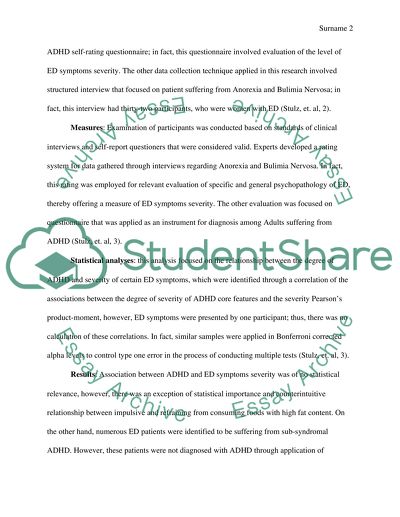Summary on a Correlational Study between the relationship of ADHD and Essay. Retrieved from https://studentshare.org/psychology/1479269-summary-on-a-correlational-study-between-the
Summary on a Correlational Study Between the Relationship of ADHD and Essay. https://studentshare.org/psychology/1479269-summary-on-a-correlational-study-between-the.


